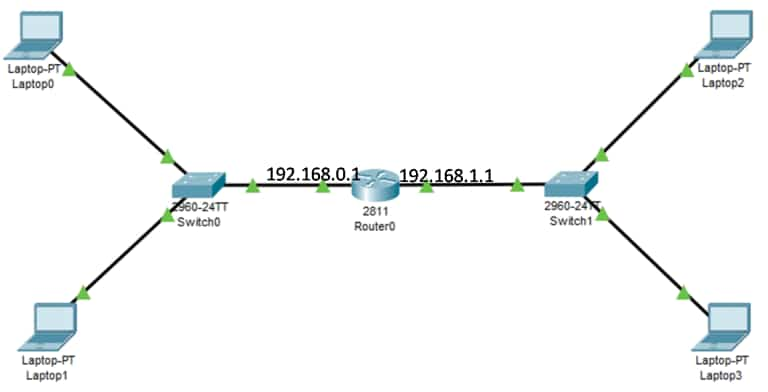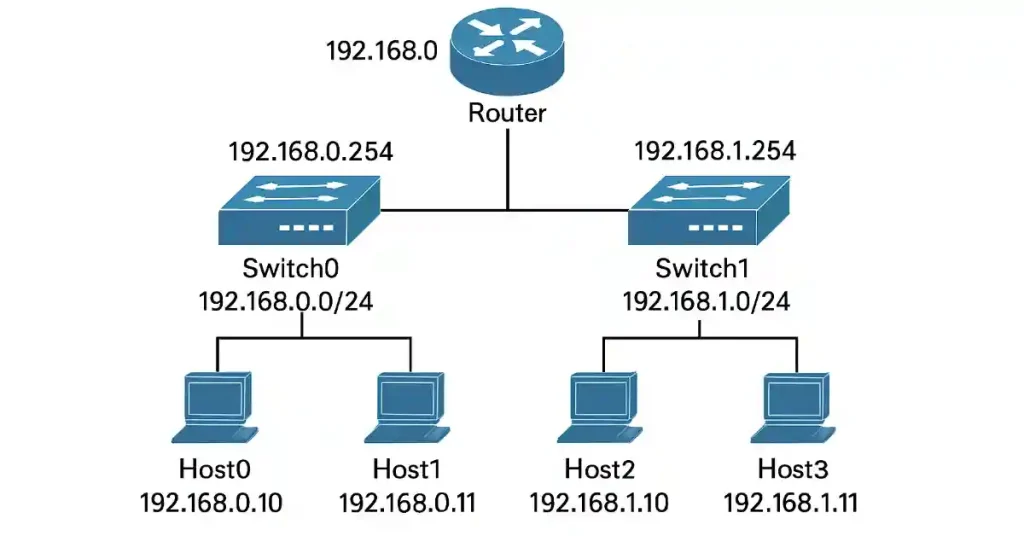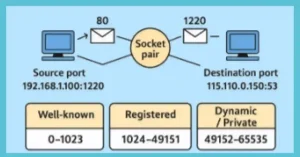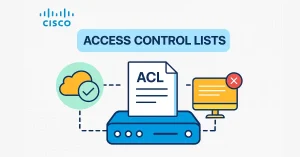For CCNA and CCNP students, understanding how to enable IP address on network switches is critical for enabling remote management and ensuring efficient network operations. Network switches, unlike routers, primarily operate at Layer 2, forwarding frames based on MAC addresses. However, to manage a switch remotely using protocols like SSH, Telnet, HTTP, or HTTPS, an IP address must be assigned to a virtual interface called a Switched Virtual Interface (SVI).
This article explains the process of configuring IP addresses and default gateways on Cisco switches, with practical examples, troubleshooting tips, and best practices for secure management. Whether you’re preparing for your CCNA or diving deeper into CCNP-level concepts, this guide will help you master switch management.
Network Switches require IP addresses to enable remote management and configuration. If the IP address is not configured the IP address, the network administrator can’t easily connect to the device for remote management.
Remote management software and protocols, such as Telnet, TeraTerm, SSH, HTTP, or HTTPS, also require an IP address for connectivity.
A network switch does not have a dedicated interface to which the IP address can be assigned. Therefore, the IP address is assigned and configured on a virtual interface called a switched virtual interface called SVI.
Understanding VLANs and SVIs
What is a VLAN?
A Virtual Local Area Network (VLAN) logically segments a physical network into separate broadcast domains. VLANs improve network efficiency and security by isolating traffic. For example, VLAN10 might be used for employee devices, while VLAN20 is for guest devices.
What is an SVI?
A Switched Virtual Interface (SVI) is a virtual Layer 3 interface on a switch, typically associated with a VLAN. It allows the switch to have an IP address for management purposes. By default, Cisco switches use VLAN1 for management, but for security, CCNP students should consider using a dedicated management VLAN (e.g., VLAN100).
Why Use VLAN1 for Management?
VLAN1 is the default VLAN on Cisco switches, and an SVI for VLAN1 is often preconfigured. However, using VLAN1 for management is not a best practice due to security risks (e.g., all ports are in VLAN1 by default). In production environments, configure a separate management VLAN and restrict access using Access Control Lists (ACLs).
We can also assign a network switch, a default gateway. The default gateway should be the IP address of the router interface. For example, the default gateway for switch0 is 192.168.0.1, and for switch1, it is 192.168.1.1.

Generally, the first usable IP address or the last usable IP address is reserved as the default gateway address. In this diagram, the first IP address of both subnets is already used as a router interface address, so I am going to configure the last usable IP address of both subnets (192.168.0.254 and 192.168.1.254) as the default gateway on both switches.
Switch#configure terminal
Enter configuration commands, one per line. End with CNTL/Z.
Switch(config)#interface Vlan1
Switch(config-if)#ip address 192.168.0.254 255.255.255.0
Switch(config-if)#no shutdown
Switch(config-if)#exit
Switch(config)#ip default-gateway 192.168.0.1
Switch(config)#
Configuring Switch1
To configure Switch1 with the IP address 192.168.1.254 and default gateway 192.168.1.1, use the following Cisco IOS commands:
Switch1#configure terminal
Enter configuration commands, one per line. End with CNTL/Z.
Switch1(config)#interface Vlan1
Switch1(config-if)#ip address 192.168.1.254 255.255.255.0
Switch1(config-if)#no shutdown
Switch1(config-if)#exit
Switch1(config)#ip default-gateway 192.168.1.1
Switch1(config)#endVerifying the Configuration
After configuring the IP address and default gateway, verify the setup using these commands:
Check the IP address on the SVI: Switch#show ip interface brief
Verify the default gateway: Switch#show running-config | include ip default-gateway
Test connectivity: Switch#ping 192.168.0.1
Conclusion – IP Address on Network Switches
Configuring IP addresses and default gateways on Cisco switches is a fundamental skill for CCNA and CCNP students. By mastering SVIs, securing management access, and troubleshooting issues, you’ll be well-prepared for real-world networking tasks. Practice these configurations in a lab environment using tools like Cisco Packet Tracer or GNS3 to reinforce your learning. For more advanced topics, explore inter-VLAN routing and VRF for CCNP-level expertise





